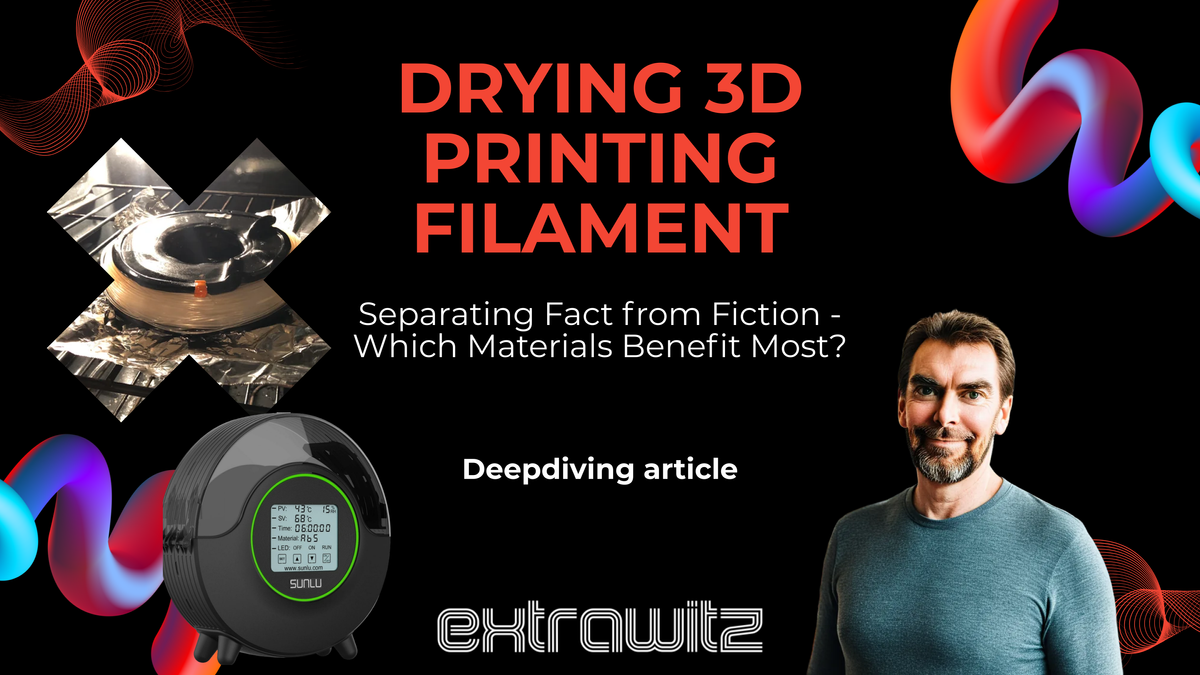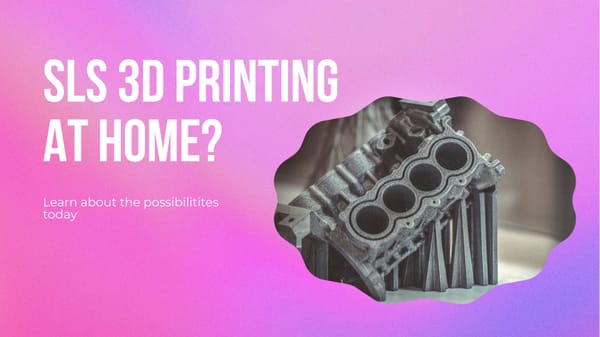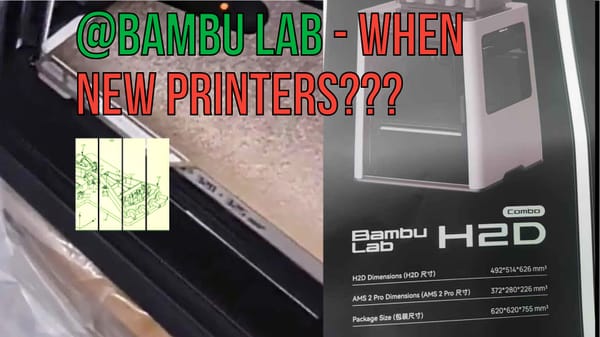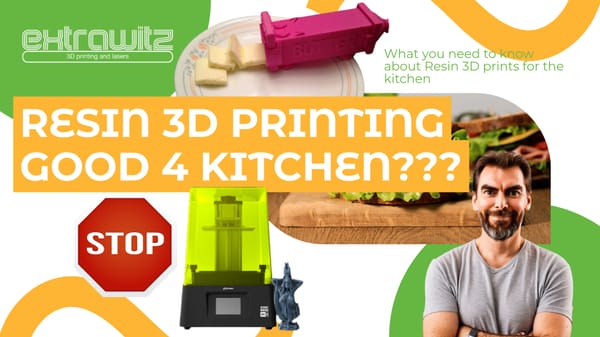Drying 3D Printing Filament: Separating Fact from Fiction - Which Materials Benefit Most?
Drying and storing 3D printing filament is crucial for optimal print quality and preventing moisture-related issues. Learn which filaments benefit most from drying, how to dry them effectively, and proper storage techniques to take your 3D printing to the next level

When it comes to 3D printing, one crucial step often gets overlooked: drying filament before use. While some enthusiasts may argue that it’s not necessary, the truth is that drying filament can make a significant difference in print quality and overall results. In this article, we’ll delve into the world of filament drying, exploring which materials benefit most from this process and how to do it effectively.
Whether you’re a seasoned 3D printing pro or just starting out, understanding the importance of drying filament is essential for achieving high-quality prints. From stringing and oozing to bubbles and warping, moisture-related issues can be frustrating and costly to resolve. By learning which filaments require drying and how to do it properly, you’ll be able to take your 3D printing game to the next level and produce prints that are both functional and visually appealing.
In this article, we’ll explore the effects of moisture on 3D printing filament, discuss the benefits of drying for various materials, and provide a step-by-step guide on how to dry filament using different methods. Whether you’re working with nylons, TPU, PETG, or other materials, our goal is to help you understand the importance of drying filament and how it can make a significant difference in your 3D printing experience.

The Effects of Moisture on 3D Printing Filament
Moisture can have a devastating impact on 3D printing filament, leading to a range of print quality issues that can be frustrating and costly to resolve. When filament absorbs moisture from the air, it can cause a number of problems, including:
- Stringing and oozing: As the filament heats up in the nozzle, the absorbed moisture rapidly vaporizes, causing the filament to stretch and ooze excessively.
- Bubbles and holes: Moisture can create bubbles and holes within the print, leading to a rough and uneven surface finish.
- Reduced layer adhesion: Wet filament can cause layers to separate, resulting in a weak and brittle print that’s prone to cracking and breaking.
- Opacity in transparent materials: Moisture can also cause transparent filaments to become cloudy or opaque, ruining the appearance of your prints.
- Warping and dimensional inaccuracy: Finally, moisture can cause filament to warp and shrink during printing, leading to inaccurate dimensions and a poor overall fit.

These issues can be particularly problematic for certain types of filament, such as nylons and TPU. These materials are more prone to absorbing moisture due to their chemical composition, making them more susceptible to the problems mentioned above.

In the next section, we’ll explore which filaments benefit most from drying and why it’s essential to dry these materials before printing.
Which Filament Types Benefit Most from Drying?
While all 3D printing filament can benefit from drying, some types are more prone to moisture absorption than others. Here are the filaments that benefit most from drying:
Highly Hygroscopic Materials
These materials are particularly sensitive to moisture and require drying before use:
- Nylons (PA): Nylons are highly hygroscopic and can absorb significant amounts of moisture, leading to print quality issues.
- TPU (Flexible Filaments): TPU filaments are also prone to moisture absorption, causing them to become brittle and difficult to work with.
- PVA (Water-Soluble Support Material): PVA is a highly hygroscopic material that requires drying before use to prevent print quality issues.
- PETG: PETG is a popular 3D printing filament that can benefit from drying, especially in high-humidity environments.
- Polycarbonate (PC): PC filaments are also sensitive to moisture and require drying before use to ensure optimal print quality.
- Carbon Fiber Filled Filaments: Carbon fiber filled filaments, such as PA11CF or PCCF, can benefit from drying due to their high sensitivity to moisture.
Less Hygroscopic Materials
While these materials are less prone to moisture absorption, it’s still recommended to dry them before use:
- PLA: PLA is a relatively stable material that can tolerate some moisture, but drying it before use will still ensure optimal print quality.
- ABS: ABS is another material that can benefit from drying, especially in high-humidity environments or when stored improperly.
In the next section, we’ll explore how to dry 3D printing filament effectively using different methods and provide guidelines for temperature and time.

How to Dry 3D Printing Filament
Drying 3D printing filament can be done using various methods, each with its own advantages and disadvantages. Here are the most common methods:
Using a Dedicated Filament Dryer
A dedicated filament dryer is a specialized device designed specifically for drying 3D printing filament. These dryers use a combination of heat, air flow, and vacuum to remove moisture from the filament.
- Advantages: Fast drying times, precise temperature control, and minimal risk of over-drying or under-drying.
- Disadvantages: Can be expensive, requires regular maintenance, and may not be suitable for large quantities of filament.
Oven Drying
Oven drying is a simple and cost-effective method that uses the heat from an oven to dry the filament. However, it’s essential to follow specific temperature and time guidelines to avoid over-drying or under-drying the filament.
- Advantages: Inexpensive, easy to set up, and can handle large quantities of filament.
- Disadvantages: Requires precise temperature control, may not be suitable for sensitive materials, and can be slow.
Temperature and Time Guidelines:
Other Methods
Other methods for drying filament include:
- Desiccant bags: Using desiccant bags to absorb moisture from the air and dry the filament.
- Vacuum chambers: Using a vacuum chamber to remove moisture from the filament under low pressure.
- Air circulation: Using a fan or blower to circulate hot air around the filament and speed up the drying process.
Important Notes:
- Always follow the manufacturer’s guidelines for temperature and time when using oven drying or other methods.
- Be cautious not to over-dry the filament, as this can cause it to become brittle or develop a “skin” that affects print quality.
- Regularly inspect the filament for signs of moisture absorption, such as cloudiness or brittleness, and re-dry as needed.

In the next section, we’ll discuss proper filament storage techniques to prevent reabsorption of moisture after drying.
Proper Filament Storage: Preventing Reabsorption of Moisture
After drying your 3D printing filament, it’s essential to store it properly to prevent reabsorption of moisture. Here are some tips for storing filament:
Airtight Containers with Desiccant
- Use a container: Store the dried filament in an airtight container or bag to prevent moisture from entering.
- Add desiccant: Include a packet of desiccant, such as silica gel or activated charcoal, to absorb any remaining moisture in the air.

Vacuum-Sealed Bags
- Seal the bag: Use a vacuum sealer or a ziplock bag with a desiccant packet to store the filament.
- Remove air: Remove as much air from the bag as possible before sealing to prevent reabsorption of moisture.
Automated Dry Boxes
- Use an automated dry box: Store the filament in an automated dry box that maintains low humidity and temperature.
- Monitor conditions: Regularly monitor the conditions inside the dry box to ensure it remains within optimal ranges for filament storage.
Additional Tips:
- Label and date containers: Label each container with its contents and the date it was dried, so you can easily track how long it’s been stored.
- Store in a cool, dry place: Keep the filament away from direct sunlight, heat sources, and humid environments to prevent reabsorption of moisture.
- Regularly inspect filament: Regularly check the filament for signs of moisture absorption, such as cloudiness or brittleness, and re-dry as needed.
Final Thoughts
Drying and storing filament may seem like a minor detail, but it’s an essential step in achieving success with 3D printing. By taking the time to properly dry and store your filament, you’ll be able to:
- Improve print quality: Reduce stringing, oozing, and other moisture-related issues that can affect print quality.
- Increase material lifespan: Prevent filament degradation due to moisture absorption, ensuring that your materials remain usable for longer periods.
- Enhance printing efficiency: Reduce the risk of print failures and rework, saving you time and effort in the long run.
By incorporating drying and storage into your 3D printing workflow, you’ll be able to produce high-quality prints with confidence. Happy printing!
Recommendations
If you’re just starting out with 3D printing or looking to improve your print quality, we recommend:
- Investing in a dedicated filament dryer: A good filament dryer can make a significant difference in drying times and ensuring optimal print quality.
- Using high-quality storage containers: Invest in airtight containers or vacuum-sealed bags to store your filament and prevent reabsorption of moisture.
- Regularly inspecting your filament: Check your filament regularly for signs of moisture absorption, such as cloudiness or brittleness, and re-dry as needed.
By following these recommendations and the guidelines outlined in this article, you’ll be well on your way to achieving success with 3D printing. Happy printing!
extrawitz





